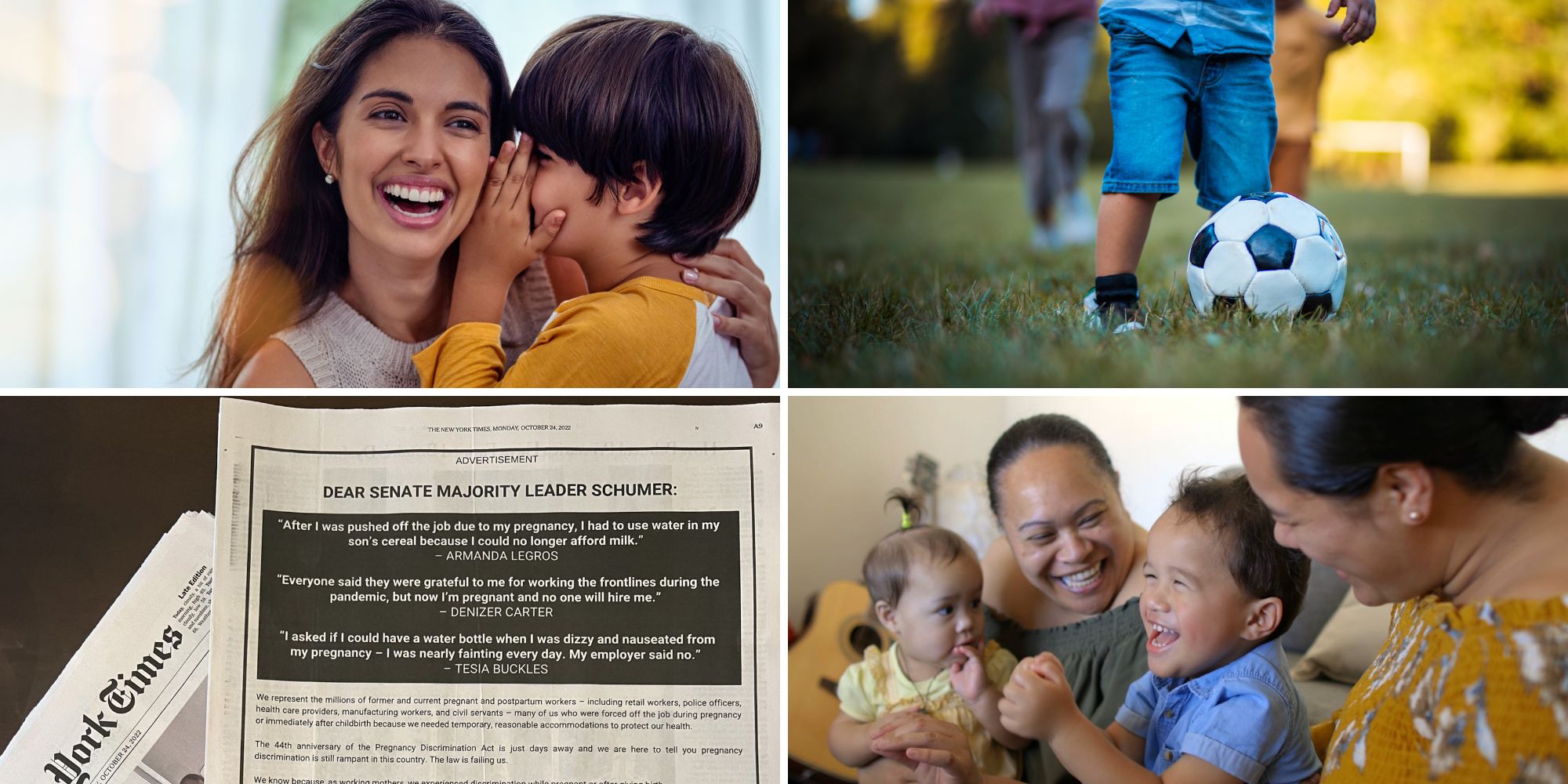Our favorite snippets from the week at Early Learning Nation magazine:
- Time to Include Non-English Speakers in Pediatric Research. “Addressing health equity has to happen in a multi-level way. At an individual level, the most important part of this is that it’s the responsibility of researchers and research institutions to make research more equitable to non-English speaking communities. It isn’t the responsibility of the participants to somehow inform themselves better. That’s our responsibility. We need to become trustworthy; we need to do better science. So, at a researcher level, it’s important to start with advocacy and awareness on this topic.” — Dr. Maya I. Ragavan, senior author of Inclusion of Non-English Speaking Participants in Pediatric Research: A Review
- Actual Parental Advice You Can Use. “Never in my years of working at any pediatric institution has there been such extensive guidance for parents on how to navigate these first five years of their child’s life.” — Dr. Nia Heard-Garris, attending physician at the Lurie Children’s Hospital of Chicago
- Pregnant and Pumping Workers Unite! “In an 11th hour move as part of the $1.7 trillion end-of-year omnibus spending bill, Congress included language that closes gaps in current law through the PUMP Act, guaranteeing space, time and privacy for nursing workers in all jobs. Prior to the passage of the PUMP Act, an estimated 13 million women of working age were excluded from current nursing mothers’ provisions.” – Rebecca Gale
- Your Mom’s Demographics Even Correlate to Extracurricular Activities. “The study revealed that race, gender, income and the mother’s education emerged as determining factors for extracurricular participation. Among those demographic factors, race and the mother’s education showed the strongest links to participation. The results point to a continued and troubling gap in opportunities that has persisted in recent years; white children were 2.5 times more likely to participate in athletics compared to their peers.” – Leigh Giangreco



